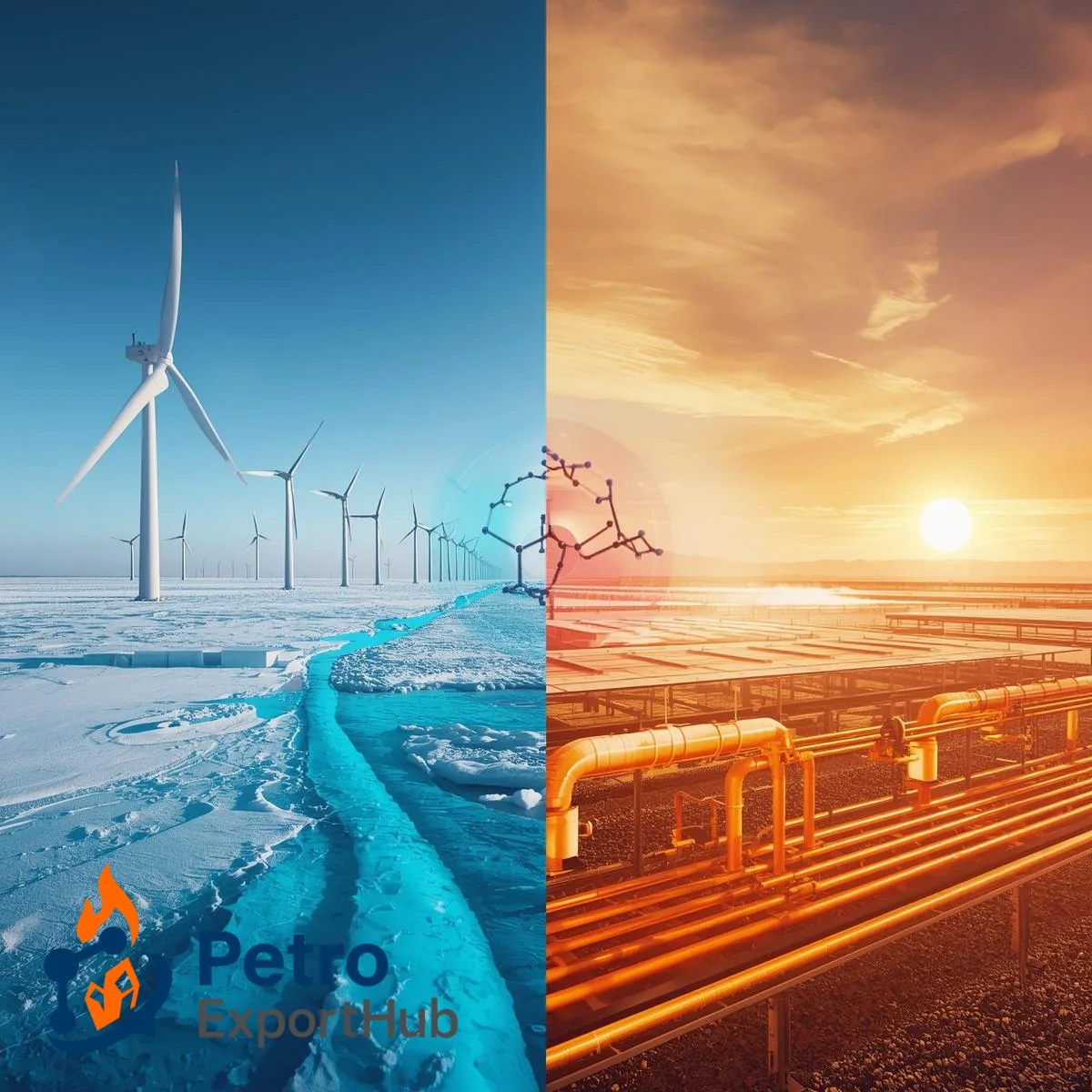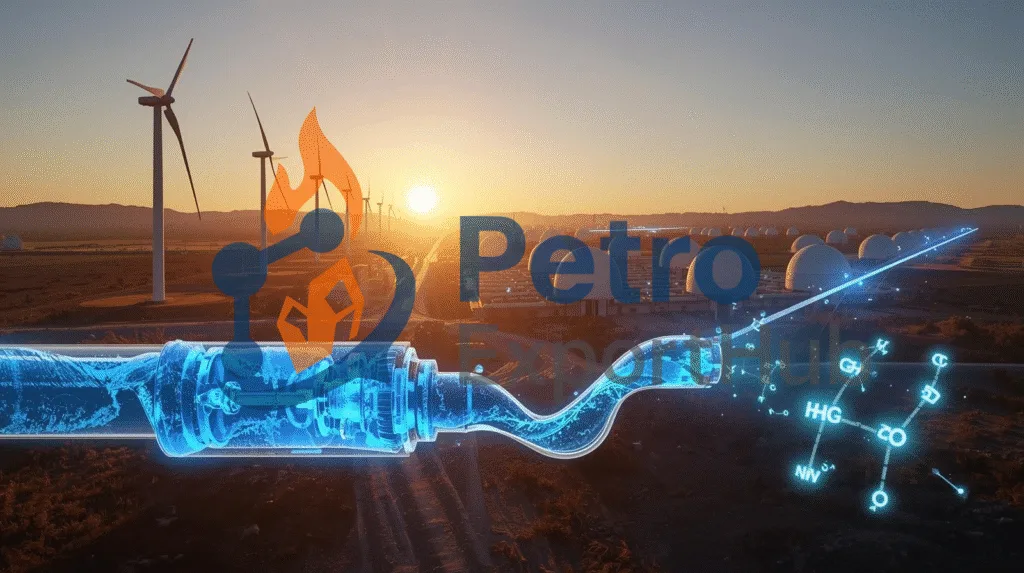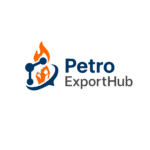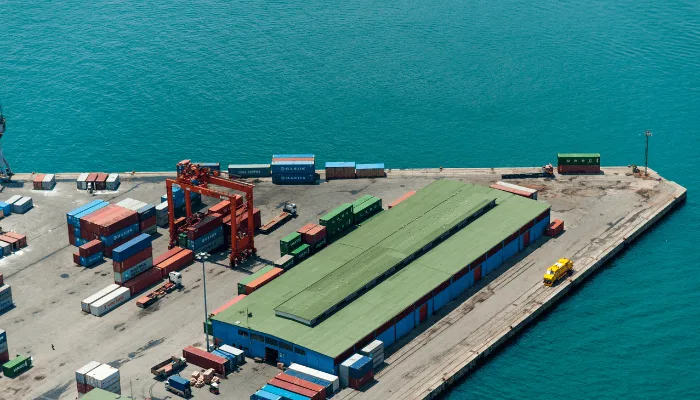
Mono Ethylene Glycol in Renewable Energy: Applications in Solar and Wind Sectors
As the world transitions toward renewable energy, raw materials traditionally associated with petrochemicals are finding new applications in sustainable industries. One such material is Mono Ethylene Glycol (MEG), widely known for its role in polyester and antifreeze production. Today, MEG is increasingly being used in solar and wind energy systems, where its chemical properties contribute to efficiency, durability, and long-term performance.
For companies investing in renewable projects, evaluating the right monoethylene glycol supplier and monitoring global monoethylene glycol price trends are key steps in securing cost-effective and reliable sourcing.
Applications of MEG in Solar Energy
Heat Transfer Fluids in Solar Panels
MEG-based mixtures are used in solar thermal systems to absorb and transfer heat efficiently.
It prevents freezing in colder climates and reduces boiling risks in high-temperature environments.
Encapsulation of Solar Modules
MEG derivatives are used in producing polyester resins and PET films, which serve as protective encapsulants for solar panels.
This ensures long-term durability against UV light, dust, and moisture.
Cooling Systems
In photovoltaic (PV) farms, MEG-based coolants are employed to regulate panel temperature, improving energy efficiency.
Applications of MEG in Wind Energy
Lubricant Additives
MEG is a base material for certain lubricants used in wind turbines, ensuring smooth operation of gears and bearings.
Protective Coatings
Resins derived from MEG are applied as coatings on wind turbine blades, enhancing resistance to weather and corrosion.
Hydraulic Fluids
In colder regions, MEG blends help maintain fluid performance under extreme conditions.
Market and Pricing Dynamics
The expansion of renewable energy projects has increased indirect demand for MEG. While textiles remain the largest consumer, solar and wind applications are gaining relevance.
A stable monoethylene glycol price allows renewable energy manufacturers to plan costs more effectively.
Buyers often prefer working with a reliable monoethylene glycol supplier who can provide consistent quality for technical applications.
With global energy policies favoring renewable projects, MEG’s role will expand, particularly in Asia and Europe, where solar and wind adoption is highest.
Comparison Table: MEG in Conventional vs Renewable Uses
| Application Area | Conventional Industry | Renewable Energy |
|---|---|---|
| Polyester & Textiles | Fiber, PET, packaging | PET films for solar panel encapsulation |
| Antifreeze | Automotive coolants | Heat transfer fluids in solar systems |
| Industrial Resins | Adhesives, coatings | Protective coatings for wind turbine blades |
| Lubricants | Automotive & machinery oils | Lubricants for wind turbine gears & bearings |
Buyer Considerations
For renewable energy projects, the reliability of raw materials is crucial.
Companies should secure long-term contracts with a trusted monoethylene glycol supplier who understands the specific technical needs of solar and wind industries.
Monitoring the monoethylene glycol price helps optimize project costs, especially as renewable energy investments expand globally.
Buyers should verify product specifications and purity levels to ensure compatibility with sensitive renewable applications.
Future Outlook
As solar and wind capacity grows worldwide, MEG demand in these sectors will continue to rise.
Innovation in heat transfer fluids and encapsulant materials will drive further MEG consumption.
With sustainability becoming a key factor, some monoethylene glycol suppliers are also exploring bio-based MEG production, aligning perfectly with renewable energy goals.
Summary
Mono Ethylene Glycol (MEG) is no longer limited to textiles and antifreeze; it is becoming an essential material in solar and wind energy applications. From heat transfer fluids in solar panels to protective coatings in wind turbines, MEG ensures efficiency and durability. Monitoring monoethylene glycol price and partnering with the right monoethylene glycol supplier are critical for renewable energy investors. As the global energy mix shifts toward sustainability, MEG’s role will continue to expand in the renewable sector.

MEG improves solar panel efficiency as a heat transfer and encapsulant material.
Wind turbines rely on MEG-based lubricants and protective coatings.
A trusted monoethylene glycol supplier ensures consistent quality for renewable projects.
Monoethylene glycol price stability supports cost-effective solar and wind adoption.
Would you be interested in MEG suppliers in Iran ?
- Contact Us today and get connected with producers and export-ready logistics.
- sales@PetroExportHub.com

Related posts
Mono Ethylene Glycol (MEG) serves as a cornerstone for modern antifreeze and coolant formulations, offering reliable freezing protection and heat resi . . .
Explore Solvent 100’s specs, uses, and export opportunities from Iran. Ideal for paint, ink, and adhesive buyers in India, Turkey, UAE, and Africa. . . .
Explore everything you need to know about exporting sulphur from Iran in 2024 — including types, packaging, documents, ports, prices, and top import . . .
Explore Iran’s top ports for petrochemical exports, including Bandar Imam Khomeini, Assaluyeh, and Bandar Abbas. Compare infrastructure, accessibili . . .
Learn the key differences between polypropylene (PP) and polyethylene (PE), their applications, advantages, and how to choose the right polymer for yo . . .
Discover how a Turkish plastics manufacturer reduced costs by 22% through importing HDPE from Iran. Real-world case study by PetroExportHub. . . .
Learn why Iran is a leading exporter of polyethylene (PE). Discover grades, global applications, and how PetroExportHub connects buyers with top suppl . . .
We are here to answer your questions....
Petro Export Hub
PetroExportHub specializes in the export of premium-grade petrochemicals, minerals, and industrial chemicals from Iran, serving international markets with reliability, transparency, and tailored logistics solutions
Tehran Office
Phone:
0214865484 | +989127607241
Address:
Tehran..
China Office
TEL :
0211400
Address:
Zhongzhou Bie Lu, Zhongcheng Street, Yiwu City, Zhejiang Province, China
Quick Access
Quick Access
- Contact Our Sales Team
- Frequently Questions
- Shipping & Logistics
- Become a Partner
- Certificatins & Quality







